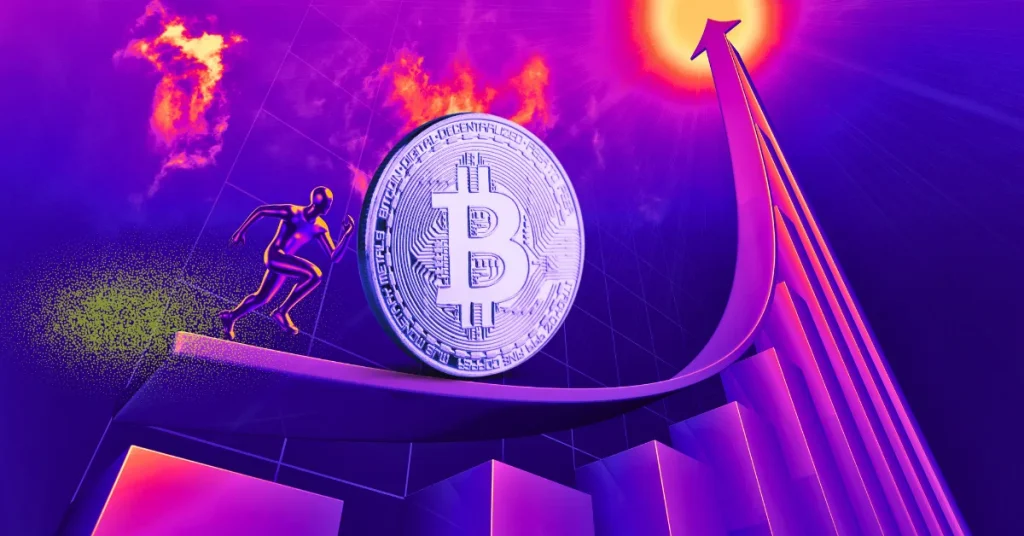T-RIZE Group, a worldwide pioneer in institutional-grade tokenization infrastructure, today announced the successful listing of its native utility token, $RIZE on Revolut. This crucial move furthers the company’s aim of providing regulated, safe access to tokenized real-world assets (RWAs) for both individual users and institutional investors.
This integration with Revolut, a licensed European bank and one of the world’s fastest-growing fintech platforms, gives over 60 million consumers direct access to the T-RIZE ecosystem. $RIZE’s availability on Revolut App represents a significant increase in reach and exposure for tokenized asset usage.
Following $RIZE’s original debut on Kraken, a Tier 1 crypto exchange, this Revolut listing represents more institutional validation of the token and its real-world applications.
Building Infrastructure for a Compliant Tokenized Future
T-RIZE’s tokenization strategy prioritizes utility, compliance, and interoperability. The $RIZE token is crucial at every level of asset tokenization, from issuance and payment to governance and treasury funding.
Asset owners use $RIZE to gain access to the platform’s extensive tokenization suite, which allows them to turn physical or financial assets, such as real estate, stock instruments, or energy credits, into programmable digital tokens. Investors using $RIZE may engage in approved, secure products, which frequently use fractional ownership structures to minimize entry barriers.
The treasury, which contains 30% of the overall supply, is an important part of the $RIZE concept. These monies are intended to promote ecosystem development, reward efforts, and finance approved community initiatives.
T-RIZE’s platform has a multi-chain design. $RIZE is already incorporated into EVM-compatible networks, and is backed by the Canton Network, a privacy-focused blockchain developed for regulated institutions. This hybrid paradigm provides both flexibility and rigorous compliance—a crucial combination for worldwide adoption.
Dual Access via Revolut App
With this listing, T-RIZE gains access to the entire potential of Revolut’s fintech ecosystem. The Revolut App provides a simple, user-friendly interface for acquiring, storing, and managing over 300 cryptocurrencies, including $RIZE. It also supports crypto staking, fiat integration, and payment services, making it one of the most accessible cryptocurrency platforms on the market.
Revolut’s platform let both newbies and pros connect easily with the expanding world of tokenized RWAs—all while maintaining regulatory protections and trading experience.
A Pipeline Exceeding $2 Billion in Tokenized Assets
T-RIZE has already moved from idea to action. So far, the organization has brought over $23 million in tokenized assets online on the blockchain. These include the first part of a $300 million real estate tokenization arrangement, including 956 housing units, which demonstrated real-world deployment and demand.
In addition, the business has a signed commercial pipeline worth more than $2 billion in onboarding agreements and memorandums of understanding. This includes new building projects, tokenized shares, and next-generation structured financial instruments.
T-RIZE CEO Madani Boukalba highlighted the milestone’s larger significance:
“The listing of $RIZE on Revolut demonstrates trust—from both our partners and the market. It illustrates that safe, compliant tokenization is no longer a theoretical concept—it’s here, living, and growing.”
T-RIZE’s infrastructure is designed to enable the next stage of finance, when real-world assets become more liquid, programmable, and widely accessible.
Institutional-Grade Support and Ecosystem Partners
T-RIZE’s increasing ecosystem partner network demonstrates the value of its infrastructure-first strategy. The firm works with the top players in blockchain security, data, custody, and liquidity:
Kraken: the Tier 1 exchange that launched $RIZE through its Reef Program.
Wintermute: A top-tier market maker that offers deep liquidity across exchanges.
Chainlink: Integrated with CCIP and Proof of Reserve for Oracle services and data integrity.
Fireblocks with DFNS: Supporting secure wallet infrastructure and institutional custody.
Canton Network: Enabling compliance issuance and private settlement of tokenized RWAs across institutional platforms
These partners ensure that T-RIZE’s platform has best-in-class security, transparency, and scalability, which are critical for regulatory compliance and institutional confidence.
What’s Next for T-RIZE and $RIZE
T-RIZE is advancing its plan now that its listing on Revolut has been completed. Several new tokenized solutions are also being developed, including AI-enhanced financial structured products and Energy Offset Reserve Notes, which integrate climate-aligned assets into the digital economy.
The business is also in talks with other centralized and decentralized exchanges about expanding $RIZE’s worldwide reach and ensuring liquid access for new users in diverse regions.
As tokenization progresses from pilot to production in several industries, T-RIZE is well-positioned to act as the infrastructural backbone that drives this revolution. $RIZE remains at the heart of this progression, woven into every layer of payment, governance, and access throughout the ecosystem.
About T-RIZE Group
T-RIZE, established in 2022, is an institutional-grade tokenization platform dedicated to digitizing real-world assets. The platform uses privacy-preserving artificial intelligence to provide safe asset issuance, programmatic governance, and enhanced underwriting. T-RIZE, with a pipeline of more than $2 billion, unites asset originators, investors, and liquidity providers in a regulated, scalable environment.
Visit www.T-RIZE.io to discover more.
About Revolut
Revolut is a top global fintech platform and regulated bank with more than 60 million users. Every month, the company conducts more than one billion transactions and provides a wide range of financial instruments, including money transfers, cryptocurrency investment, and business accounts.
The post T-RIZE Group’s $RIZE Token Now Listed on Revolut, Ushering in a New Era for Tokenized Real-World Assets appeared first on BeInCrypto.






